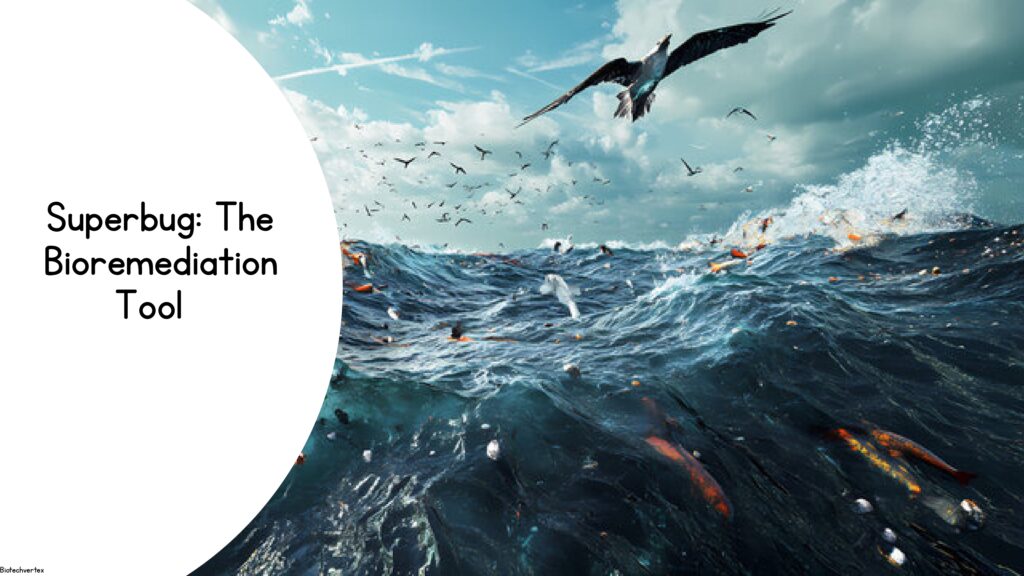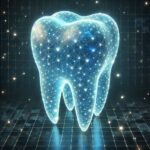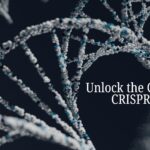Environmental contamination, especially from hazardous chemical spills and pollutants in the ocean, poses a significant threat to ecosystems and human health. Spilled oil in marine ecosystems is extremely difficult to contain and clean. By allowing microorganisms to biodegrade harmful compounds, nature maintains balance while cleaning the environment in its own distinctive manner. This method of natural cleaning is known as bioremediation. Conventional cleanup methods often fail to address the scale and complexity of these pollution challenges.
This blog explores the potential of superbugs as a cutting-edge approach to environmental remediation.
By harnessing the natural power and metabolic diversity of these microorganisms, scientists have developed tailored bioremediation solutions for these spills. Specially for those of oil, chemicals, and radioactive substances. Superbug superhero, an oil-eating bacteria, Pseudomonas putida. It is a Gram-negative, rod-shaped, saprophytic soil bacterium. They have been genetically engineered via recombinant DNA technology to enhance their ability to degrade hydrocarbons found in oil spills. While others have been optimized for heavy metal absorption and detoxification.
In addition to their versatility, superbugs offer sustainable advantages in spill cleanup. They reduce the need for harsh chemical treatments, which can further harm the environment, and can be more cost-effective in the long run. Environmental applications must address ethical and safety considerations surrounding the use of genetically modified organisms.
This research highlights recent advancements in the field of superbug-mediated spill cleanup. It illustrates the significant progress made in enhancing the efficiency and safety of these bioremediation methods. By harnessing the remarkable capabilities of superbugs, we can move closer to a future where hazardous spills no longer pose dangerous challenges to nature. And where nature’s engineering can play a promising role in environmental protection. In recent years, the concept of utilizing “superbugs” for spill cleanup has emerged as a promising and innovative solution.



